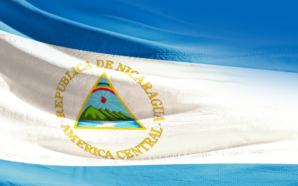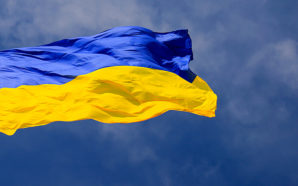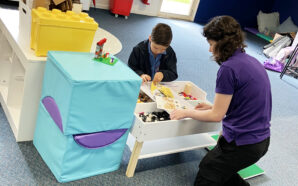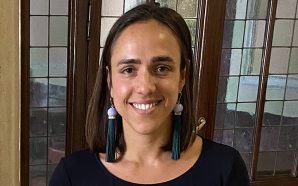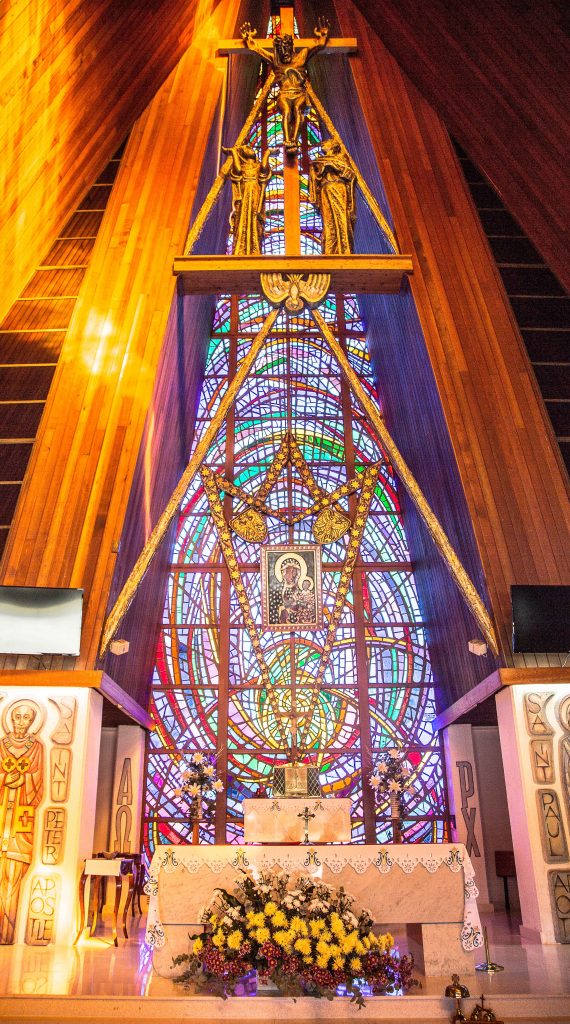
The interior of the beautiful Our Lady of Czestochowa, Queen of Poland Catholic Church in Marayong. Photo: Elizabeth McFarlane.
In 1966, Cardinal Gilroy consecrated Our Lady of Czestochowa, Queen of Poland Catholic Church in Marayong.
The six roof peaks of the Church represent the six million Polish people who were killed in World War II.
In the past 50 years, the Church through the Society of Christ (SChr), an order devoted to the care of Polish migrants, has provided pastoral care through a connection with strong faith and devotional traditions through the Polish language.
Half a century later, Polish Community Rector, Rev Henryk Zasiura SChr sees the community as a bridge between the ageing first and second generation of migrants, and the later generations who now speak English as their primary language and who are generally involved in their local English-speaking parishes.
The Marayong church is the centre of Polish pastoral care, not only for the local community, but the entire Sydney metropolitan area. The chaplaincy plays a significant role in Polish devotional and national celebrations that often overlap.
Very Rev Przemyslaw S Karasiuk SChr (Fr Sylvester), the Provincial of the Society of Christ, believes the Church is a social and faith driven hub for special celebrations.
“For the meaningful dates in the Polish religious calendar or national calendar, they come here (Marayong). Special gatherings include Corpus Christi and Christ the King – the patronal feast of our Congregation. On 3 May is Our Lady Queen of Poland, as well as Polish Constitution Day,” Fr Sylvester said.
Celebrating traditional devotions is an extremely important part of the work of the Chaplaincy and the Polish language is the uniting factor to their work.
They participate in the Litany of Loreto in May, devotionals to the Sacred Heart in June, October is the month of the Rosary and they say prayers for the deceased in November.
“Polish religious tradition is tied to the devotions. In May, for example, Polish people gather by road crossings where there are small chapels and they pray a litany such as a litany to the Sacred Heart in June,” Fr Sylvester said.
Polish celebrations include traditional dancing and styles of clothing that differ depending on regions of Poland, and include colourful celebrations with costumes, flowers and food.
This year is a significant year for the Polish community, not only in Sydney for the 50th anniversary of the church, but worldwide as it marks 1050 years of Christianity in Poland.
In 966, Prince Mieszko I, ruler of the Polans, converted from paganism to Christianity.
Since the establishment of the first Archdiocese in the year 1000, to 1978 when Karol Wojtyła (St John Paul II) was elected the first non-Italian pope in 455 years and who played an influential role in the downfall of communism in the country, the Polish story of Christianity has been one of both struggle and triumph.
Its culture and Christianity are indispensable, as recognised by the preamble in the Polish constitution:
“Beholden to our ancestors for their labors, their struggle for independence achieved at great sacrifice, for our culture rooted in the Christian heritage of the Nation and in universal human values.”
Polish celebrations will culminate at the end of this month with a Papal visit to Poland, as Pope Francis visits Czestochowa and World Youth Day in Krakow.
On 20 November, the Polish community will welcome Most Rev Wacław Depo, Archbishop of Czestochowa, who will lead the 50-year celebrations in Marayong.





